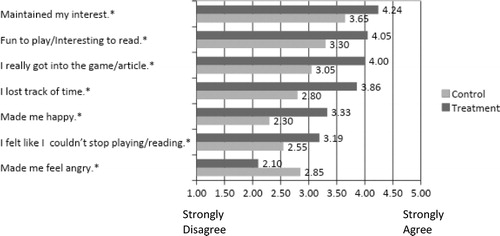Figures & data
Figure 1. Example of a linked predator-prey food chain in the card game EcoChains. The number in the small white circle on the bottom right indicates how many sea ice cards are required for each species. Event cards are played immediately and melt sea ice, while Action cards are played strategically to restore ice.
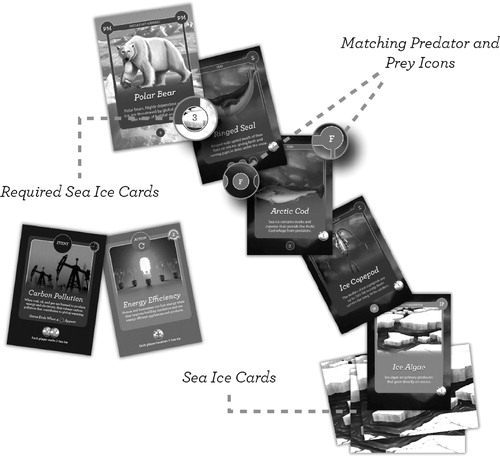
Figure 2. Climate change beliefs among all participants. Question: “How much do you agree or disagree with the following statements?” N = 41 Scale: 1 (Strongly disagree), 2 (Disagree), 3 (Neither disagree nor agree), 4 (Agree), 5 (Strongly agree).
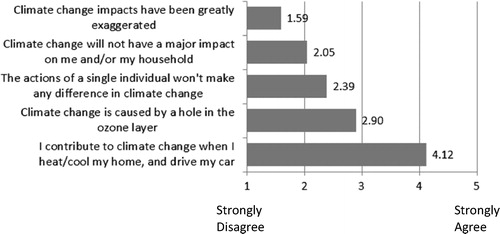
Figure 3. Species listed by study participants. N = 41. Species categories displayed were listed more than once (i.e., by more than one participant), while species categories that were only listed by one participant are grouped as “Other.” Before intervention question a) “Please list up to three species that live in the Arctic.” After intervention and four week follow-up question b,c,d,e) “Please list up to three species that live in the Arctic that you discovered by playing EcoChains/reading article.” a) Species categories listed by participants (full sample) on pre-survey before intervention. b) Species categories listed by participants (control: article) on immediate post intervention survey. c) Species categories listed by participants (treatment: article) on immediate post intervention survey. d) Species categories listed by participants (control: article) on four week follow-up survey. e) Species categories listed by participants (treatment: game) on four week follow-up survey.
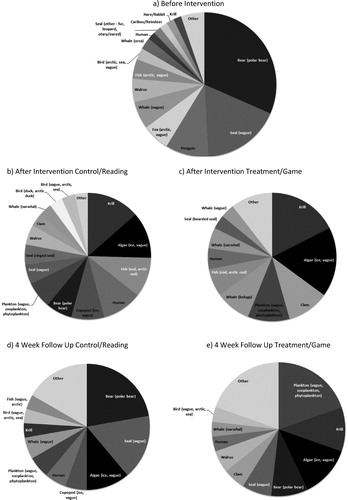
Figure 4. Perceived knowledge about the Arctic marine ecosystem. N = 41 (treatment: N = 21; control: N = 20). Question: How much do you know about each of the following topics: Arctic food chains?” Scale: 1 (Nothing at all), 2 (Only a little), 3 (A moderate amount), 4 (A great deal).

Figure 5. Perceived knowledge of ways to help protect the Arctic ecosystem. N = 41 (treatment: N = 21; control: N = 20). Question: How much would you say you now know about the following topics: ways in which you can help protect the Arctic ecosystem? Scale: 1 (Nothing at all), 2 (Only a little), 3 (A moderate amount), 4 (A great deal).
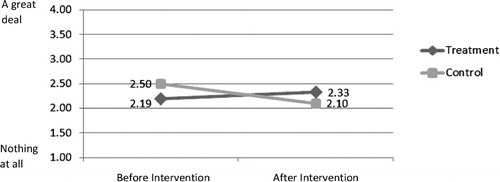
Figure 6. Experience with the intervention on immediate post-survey: significant differences by group. N = 41 (treatment: N = 21; control: N = 20) Question: “Please indicate your agreement with the following about this game/this article.” Scale: 1 (strongly disagree), 2 (disagree), 3 (neither disagree nor agree), 4 (agree), 5 (strongly agree). * indicates group difference was statistically significant (p < .05).
